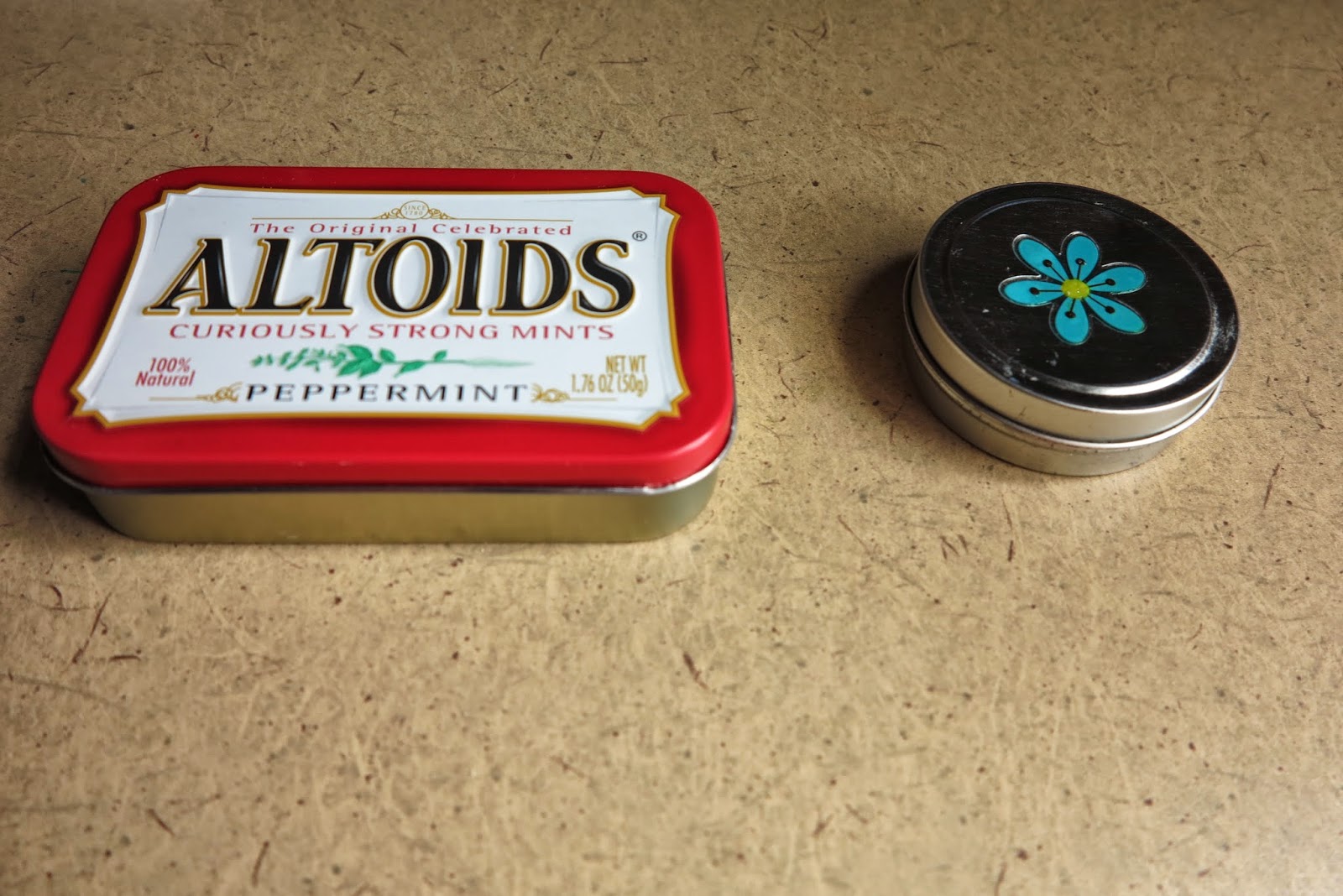Friends, family, hot chocolate--this is why they call it the most wonderful time of the year. Unfortunately, however, it can also be one of the most wasteful & expensive times of the year.
Making homemade gifts through upcycling instead can be a great way to make something cool out of old junk instead of buying something new. Here are some gift ideas that are unique, creative, and cheap too. Your loved ones will appreciate the thoughtfulness, and you might find that you enjoy the creative process!
1. Recycled Paper Baskets
Make something useful out of old newspapers, magazines, and even (clean) food packaging.
2. You could also try a recycled paper and cardboard photo frame
| hipster child not included |
Make something useful and pretty out of those matchless teacups at the thrift store.
4. Cassette Tape Flash Drive
For bonus points, you can put music on the flash drive--a new mix tape from your old mix tape.
5. Milk carton art supply bucket
 |
| click to see larger size |
5. Make mittens from an old sweater
7. Make a new camera strap from an old belt
8. Turn a plastic bottle into a cool hanging lamp
9. Make a wallet out of an old book cover or other scrap paper
10. Give the gift that keeps on giving all month with a homemade advent calendar
| This one is made of a muffin tin |
Or... for those who can't do... there's always Etsy.com! It's a great place to shop for handmade (often recycled) items and support an artist.
For more recycled arts and crafts ideas you can check out UpcycleThat and Instructables.
If you have other ideas, suggestions, tips, or examples, please send them to ssu_environmentaldepartment@soka.edu


























